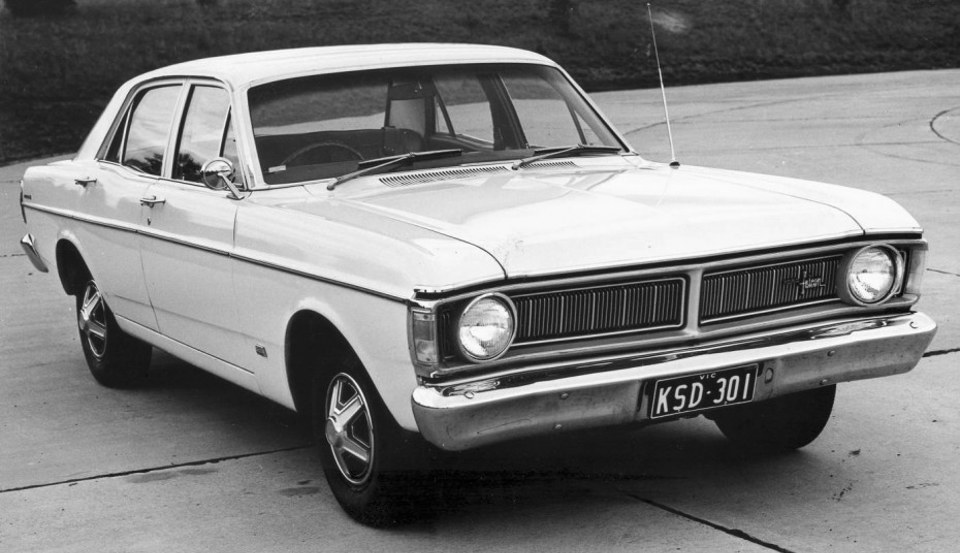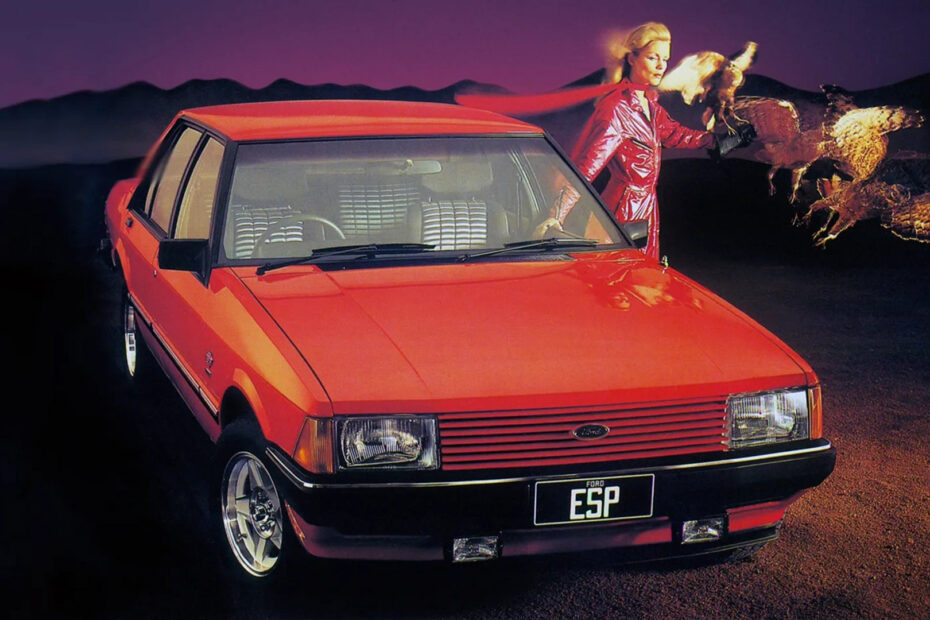Ford Falcon is the most-visited model line page on Autocade. No surprises: it was the longest-running passenger-car nameplate that Ford had (1959–2016), covering production in North America, Australia and Argentina.
We started adding Falcons to the main site early on. The BF was the current model in 2008, and in the history is its first entry: March 14, soon after the site started. The XD actually went up the day before, the XC a month later. Other models were added in time: the original EA26 in 2011, the final FG X in 2014, the original 1960 model year US model in 2015, and now, in 2025, the XW, XY and XG. With the XG—a rare exception for a commercial range given that sporting models were targeted at passenger-car buyers—the 47 years of Falcons are all on Autocade.
The image of the XG XR6 ute had sat on our hard drive since May 2008, and it would take another 17 years before we’d do an entry for it.

Australian cars have always been interesting to put up, since facelifts or major engineering changes warranted new model codes. In some cases, you can probably group a bunch of model-code changes into a single generation (e.g. with the Mitsubishi Magna) because there’s enough of the public that doesn’t perceive them to be sufficiently major. But Ford, Holden and Chrysler have strived to make, at least in the minds of the Australian public, each model code to be a bigger deal, even if the oily bits underneath haven’t changed as much. Holden’s first-generation Commodore, for instance, had plenty of changes that made one model look quite different from the last, and for years the front wings didn’t have to change. The clever designers at GMH worked their magic. They even kept the roof the same right through, even when the Commodore went from a four- to a six-light body (VH to VK), after being told by their German colleagues that it couldn’t be done.
Ford saw fewer drastic changes within each Falcon generation, with maybe the exception of the EA77 facelift (EF) where there were substantial sheetmetal changes, but carryover doors (as happened with certain Taunus and Granada bodies in the 1970s).
The Argentinians managed to keep the original base from 1962 to 1991 with only two major facelifts in that period.

The US Falcons have a very interesting history, especially the very brief half-model-year run of 1970½s, when the compact model line went on to the intermediate Torino platform and became the most stripped-down of the generation. Torino supplanted all Falcons and Fairlanes there for 1971. Before that, the US originated the first Falcon for the home market and for adaptation as the Frontenac for Canada, then the more upscale, long-wheelbase Comet (originally conceived as an Edsel), thereafter the Mercury Comet. The Mustang-inspired second generation saw Ford upsize the Falcon and Australians got to enjoy that, too.
Others have written in far more depth about the Falcon, and, of course, you can see our entries beginning at the model page here.
